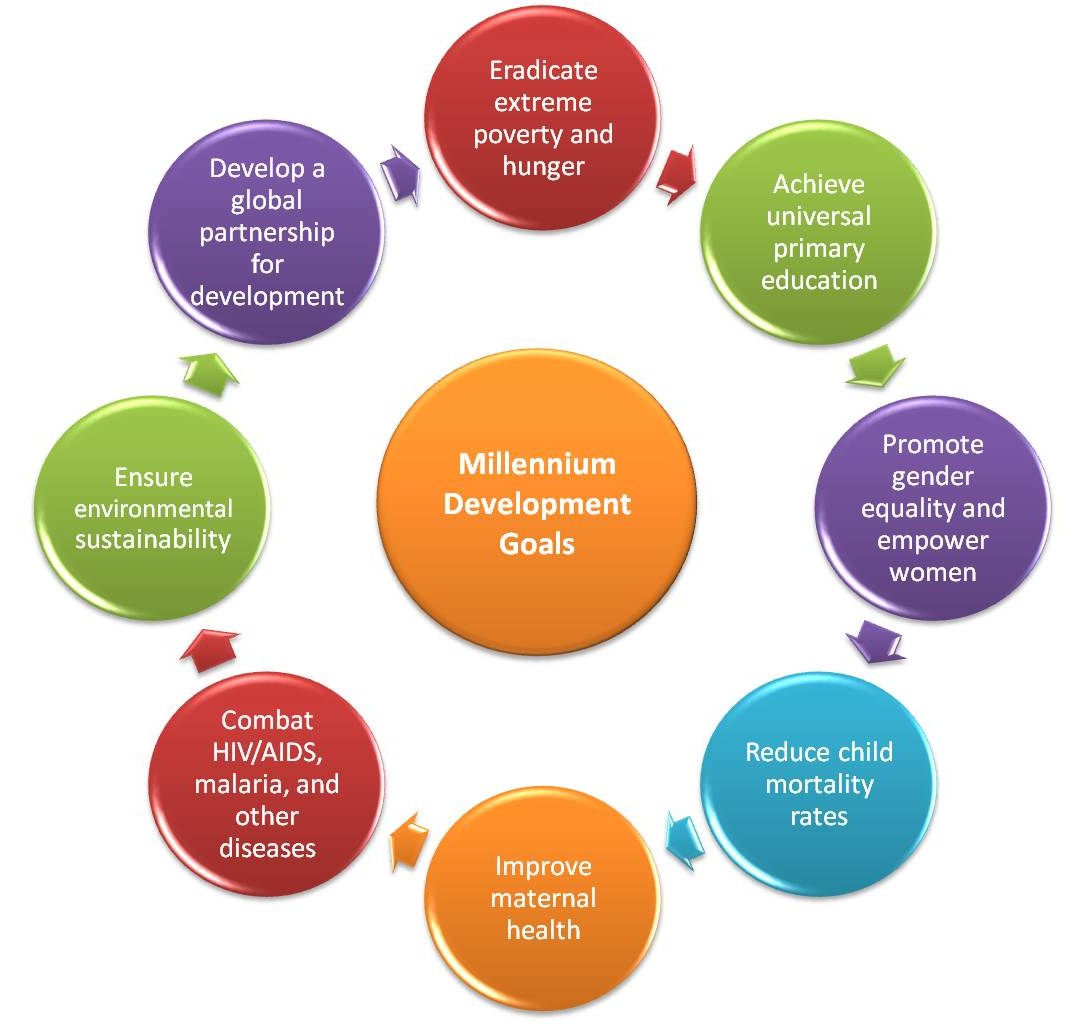Mandatory EIA reporting: Sectors for which EIA is required
Environmental Impact assessment (EIA) is a tool for ensuring sustainable development through the evaluation/identification of positive or negative impacts associated with significant environmental effects. The purpose of the Environmental Impact assessment is to ensure the decision makers/managers to decide whether to proceed with the project or not. In general EIA is used to identify the environmental impacts of projects of larger magnitude.
The International Association for Impact Assessment (IAIA) defines an environmental impact assessment as “the process of identifying, predicting, evaluating and mitigating the biophysical, social, and other relevant effects of development proposals prior to major decisions being taken and commitments made.”
Environmental Impact assessment is anticipatory, participatory and systematic in nature and relies on multidisciplinary input.
The phrase Environmental Impact Assessment comes from Sec. 102(2) of the National Environmental Policy Act (NEPA), 1969, USA.
In India, EIA came into existence in around 1978-79 , but it was made mandatory only in 1994 under the Environmental Protection Act of 1986 with the following four objectives:
- Predict environmental impact of projects;
- Find ways and means to reduce adverse impacts;
- Shape the projects to suit local environment; and
- Present the predictions and options to the decision-makers.
MoEF has categorized 40 sectors which require Environmental Clearance before commencing any of the project activity and for which EIA is to be done. These are categorized on the basis of activities and the area of the project.
Sectors for which EIA is required to be done can be categorized under the following heads:
| Sr. No. |
Sectors |
| 1 | Mining of minerals including Opencast/Underground mining |
| 2 | Offshore and onshore oil and gas exploration, development & production |
| 3 | River Valley, Hydel, Drainage and Irrigation projects |
| 4 | Thermal Power Plants |
| 5 | Nuclear power projects and processing of nuclear fuel |
| 6 | Coal washeries |
| 7 | Mineral beneficiation including pelletisation |
| 8 | Metallurgical industries (ferrous & non ferrous) – both primary and secondary |
| 9 | Cement plants |
| 10 | Petroleum refining industry |
| 11 | Coke oven plants |
| 12 | Asbestos milling and asbestos based products |
| 13 | Chlor-alkali industry |
| 14 | Soda ash Industry |
| 15 | Leather/skin/hide processing industry |
| 16 | Chemical fertilizers |
| 17 | Pesticides industry and pesticide specific intermediates (excluding formulations) |
| 18 | Petro-chemical complexes (industries based on processing of petroleum fractions & natural gas and/or reforming to aromatics) |
| 19 | Textile – cotton and manmade fibers |
| 20 | Petrochemical based processing (processes other than cracking & reformation and not covered under the complexes) |
| 21 | Synthetic organic chemicals industry (dyes & dye intermediates; bulk drugs and intermediates excluding drug formulations; synthetic rubbers; basic organic chemicals, other synthetic organic chemicals and chemical intermediates) |
| 22 | Distilleries |
| 23 | Integrated paint industry |
| 24 | Pulp & paper industry excluding manufacturing of paper from wastepaper and manufacture of paper from ready pulp without bleaching |
| 25 | Sugar Industry |
| 26 | Induction/arc furnaces/cupola furnaces/submerged arc furnace/crucible furnace/re-heating furnace of capacity more than 5Tonne per heat |
| 27 | Oil & gas transportation pipeline (crude and refinery/ petrochemical products), passing through national parks/ sanctuaries/coral reefs /ecologically sensitive areas including LNG terminal |
| 28 | Isolated storage & handling of Hazardous chemicals (As per threshold planning quantity indicated in column 3 of schedule 2 & 3 of MSIHC Rules 1989 amended 2000) |
| 29 | Air ports |
| 30 | All ship breaking yards including ship breaking units |
| 31 | Industrial estates/ parks/ complexes/areas, export processing Zones (EPZs), Special Economic Zones (SEZs), Biotech Parks, Leather Complexes |
| 32 | Common hazardous waste treatment, storage and disposal facilities (TSDFs) |
| 33 | Ports, harbours, jetties, marine terminals, break waters and dredging |
| 34 | Highways, railways, transport terminals, mass rapid transport systems |
| 35 | Aerial ropeways |
| 36 | Common Effluent Treatment Plants (CETPs) |
| 37 | Common Municipal Solid Waste Management Facility (CMSWMF) |
| 38 | Building and large construction projects including shopping malls, multiplexes, commercial complexes, housing estates, hospitals, institutions |
| 39 | Townships and Area development projects |
| 40 | Additional Sectors |
| i) Automobile and Auto Components | |
| ii) Electroplating and Metal Coating | |
| iii) Electrical and Electronics including component industry | |
| iv) Glass and Ceramic Industry | |
| v) Food Processing |
Many projects are still excluded from the list for which there is requirement of Environment Impact Assessment. Such projects require reconsideration in future so that projects/activities under certain domain can also be included in the list of sectors and avail the benefit of initially identified environmental and social impacts.
Reference: Mr. Abhaya Garg



PL. INFORM BY RETURN MAIL. Hydrocyanic acid ( HCN) -a-highly poisonous chemical , is categorized in which sector -as per MoEF & as per QCI-NABET ACCREDITED SCHEME.
Is it Possible that Plantation is Further Specific to ONLY SHADE-GIVING & FRUITS-BEARING TREES (PLANTS) { Only Fruit-Bearing & Shade-Giving Trees are Planted Mandatory }
Thanks for your comment. For any plantation please refer CPCB Guidelines for developing greenbelts. The link is given below:
http://cpcbenvis.nic.in/scanned%20reports/PROBES-75%20Guidelines%20For%20Developing%20Greenbelts.pdf
Please contact me for any further clarifications on the above.
Regards
Abhaya Garg
As per the EIA Notification, Bulk drugs are included in the heading “Synthetic organic chemicals industry” . If a biotech API does not involve and synthetic chemistry steps but other steps like chromatographic separation only for purification of the large moelcule proteins, will a new plant require an EIA to be done ?